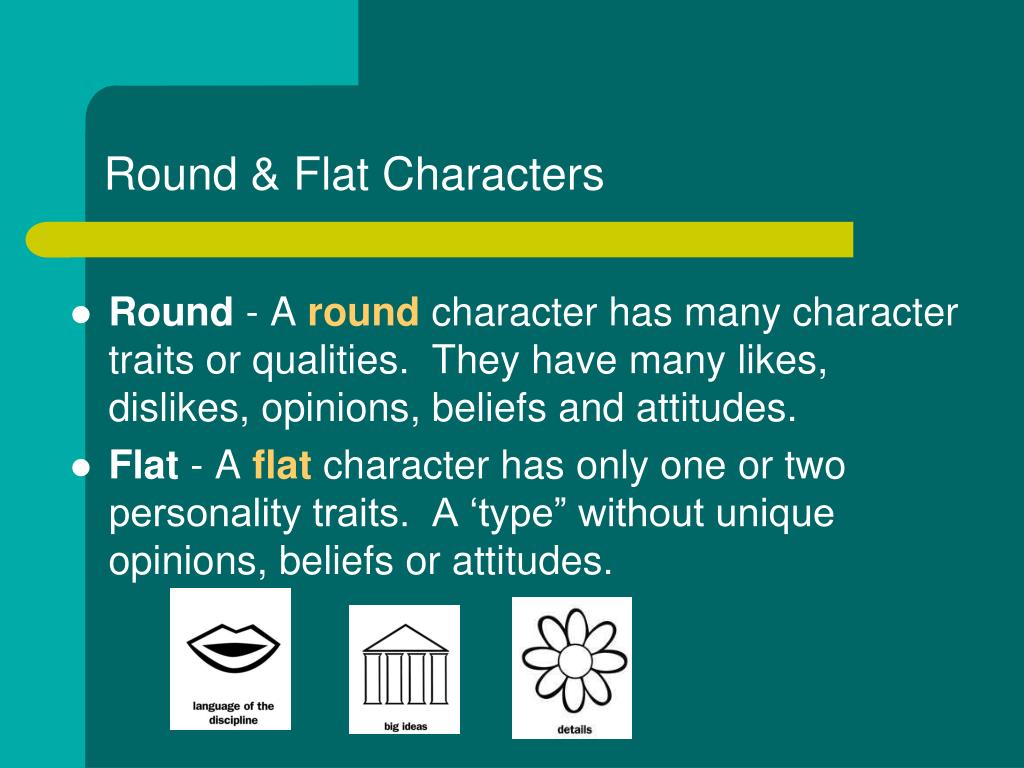

For instance, a poem may distill an important moment in a character’s life into a single metaphor and then expand upon that metaphor in order to show the character’s evolution. The writer may use meter, rhyme, imagery, action or even setting to reveal something about a particular character. Unlike in prose, where is there room for the writer to use long description and complex interactions to reveal a character, characterization in poetry is often focused and concentrated in a few lines or an image or in an inventive use of figurative language, such as a poignant metaphor. A round character evolves, whereas a flat character doesn’t change. A round character is unpredictable, whereas a flat character’s actions are not surprising or shocking. flat characters: A round character is deep and complex, whereas a flat character is easily understandable. Dynamic characters are those who change throughout the poem, while static characters are those who tend to remain unchanged throughout the poem. Consider the clear differences between round vs. Round characters are fully developed, three-dimensional characters. Flat characters are characters who fulfill some basic function and have only a few developed traits. Classification of CharactersĬharacters in poetry can be classified as flat or round and as developing or static. Personas are quite common in poetry that is written in first person, and in lyrical poetry, and they are used to distinguish the writer of the poem from the character in the poem.

A persona appears in first person, using the pronoun “I.” The speaker of the poem is never the writer, but a fictional character, which the writer sometimes uses as an alter ego or a mask. Occasionally, a poem will have a speaker or a persona.


 0 kommentar(er)
0 kommentar(er)
